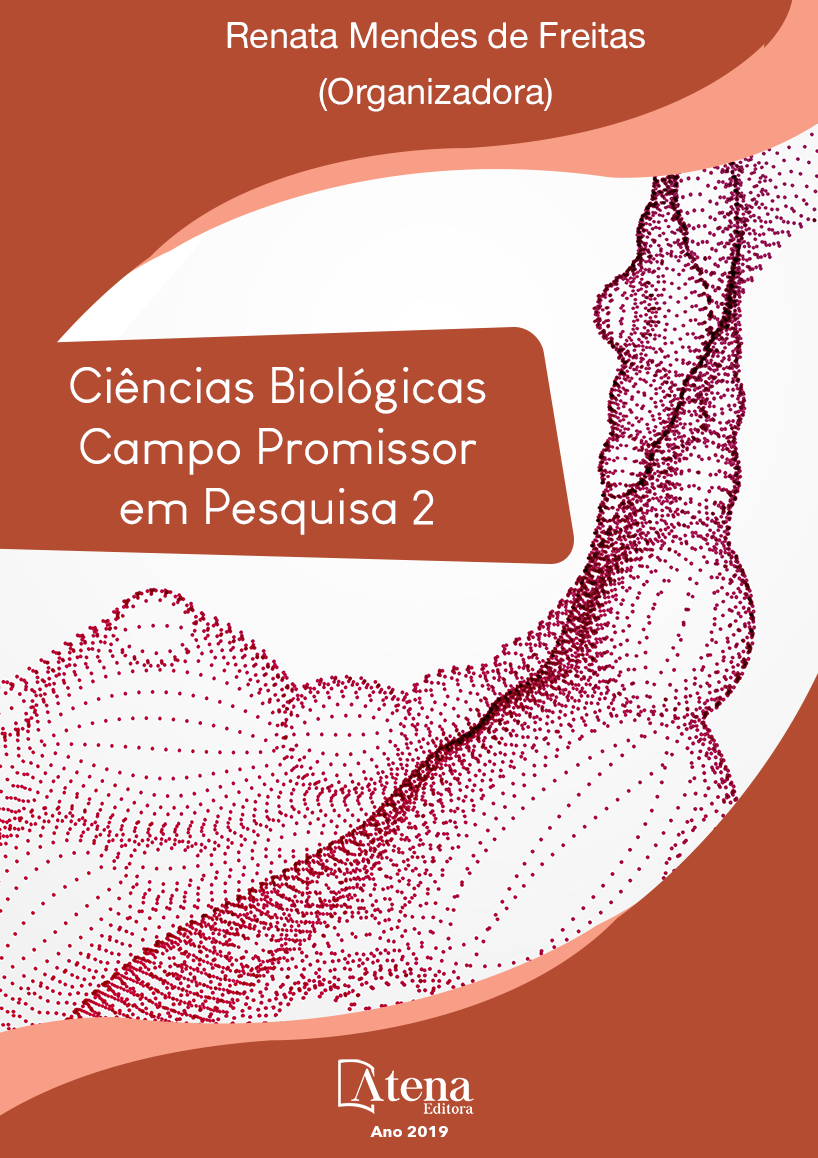
AÇÃO DA LACASE DE TRAMETES sp. NA REMOÇÃO DE TRIMETOPRIMA DE SOLUÇÕES AQUOSAS
Nas últimas décadas, um grande
número de materiais e compostos xenobióticos
tem sido liberado no meio ambiente. Estudos
relatam a ocorrência de fármacos em águas
superficiais, efluentes, lodos de estações de
tratamento de esgoto e águas subterrâneas. A
presença de fármacos no ambiente deve-se em
grande parte à ineficiência dos processos físicoquímicos
e microbiológicos convencionais.
Dos diversos tipos de tratamento, o biológico
pode ser uma das alternativas. Dentre os
organismos utilizados nos processos de
biorremediação, fungos da podridão branca
(FPB) da madeira tem se destacado devido à
capacidade de produzir enzimas inespecíficas
que podem degradar compostos xenobióticos
e recalcitrantes. O trimetoprima (TMP) é
componente de antibióticos de amplo espectro
e é frequentemente encontrado em águas
residuais. É mais resistente aos tratamentos
biológicos convencionais que o sulfametoxazol.
Ambos foram classificados como compostos
de alto risco. O estudo avaliou o potencial de
aplicação da enzima lacase produzida por
Trametes sp. C3 na redução do antibiótico
trimetoprima (TMP) de soluções aquosas. O fungo foi cultivado em meio de Vogel
contendo glicose (1%), com e sem o TMP (5mg/L) durante 8 dias. A maior atividade da
lacase (89,8 U/L) foi encontrada no oitavo dia nos cultivos com o fármaco. A redução
do antibiótico após o cultivo foi avaliada por espectroscopia UV-vis. No oitavo dia, a
redução do TMP foi de 55,08%. O teste de inibição do crescimento bacteriano mostrou
que a solução tratada com o fungo permitiu parcialmente o crescimento de Klebisiella
pneumoniae e Salmonella enterica em relação ao controle contendo TMP.
AÇÃO DA LACASE DE TRAMETES sp. NA REMOÇÃO DE TRIMETOPRIMA DE SOLUÇÕES AQUOSAS
-
DOI: 10.22533/at.ed.8261913111
-
Palavras-chave: biodegradação, lacase, fármacos, ecotoxicidade
-
Keywords: biodegradation, laccase, drugs, ecoto
-
Abstract:
In recent decades, a large number of xenobiotic materials and
compounds have been released into the environment. Studies report the occurrence
of drugs in surface waters, effluents, sewage sludge and groundwater. The presence
of drugs in the environment is due to the inefficiency of conventional physicochemical
and microbiological processes. Among of the various types of treatments, biological
treatment can be one of the alternatives. Among the organisms used in bioremediation
processes, white rot fungi (WRF) of wood has been outstanding due to their ability
to produce nonspecific enzymes that can degrade xenobiotic and recalcitrant
compounds. Trimethoprim (TMP) is a component of broad-spectrum antibiotics and
is often found in wastewater. It is more resistant to conventional biological treatments
than sulfamethoxazole and both were classified as high risk compounds. The study
evaluated the potential of laccase produced by Trametes sp. C3 in reducing the
trimethoprim (TMP) of aqueous solutions. The fungus was grown in Vogel medium
containing glucose (1%), with and without TMP (5 mg/L) for 8 days. The highest laccase
activity (89.8 U/L) was found on the eighth day in cultures with the drug. Antibiotic
reduction after cultivation was evaluated by UV-vis spectroscopy. On the eighth day,
the reduction in TMP was 55.08%. The bacterial growth inhibition test showed that the
solution treated with the fungus partially allowed the growth of Klebisiella pneumonia
and Salmonella enterica in relation to the control containing TMP.
-
Número de páginas: 11
- Daniele maria Zanzarin
- Elidiane Andressa Rodrigues
- Alex Graça Contato
- Tatiane Brugnari
- Caroline aparecida Vaz de Araujo
- Giselle Maria Maciel
- Rafael Castoldi
- Rosane Marina Peralta
- Cristina Giatti Marques de Souza


